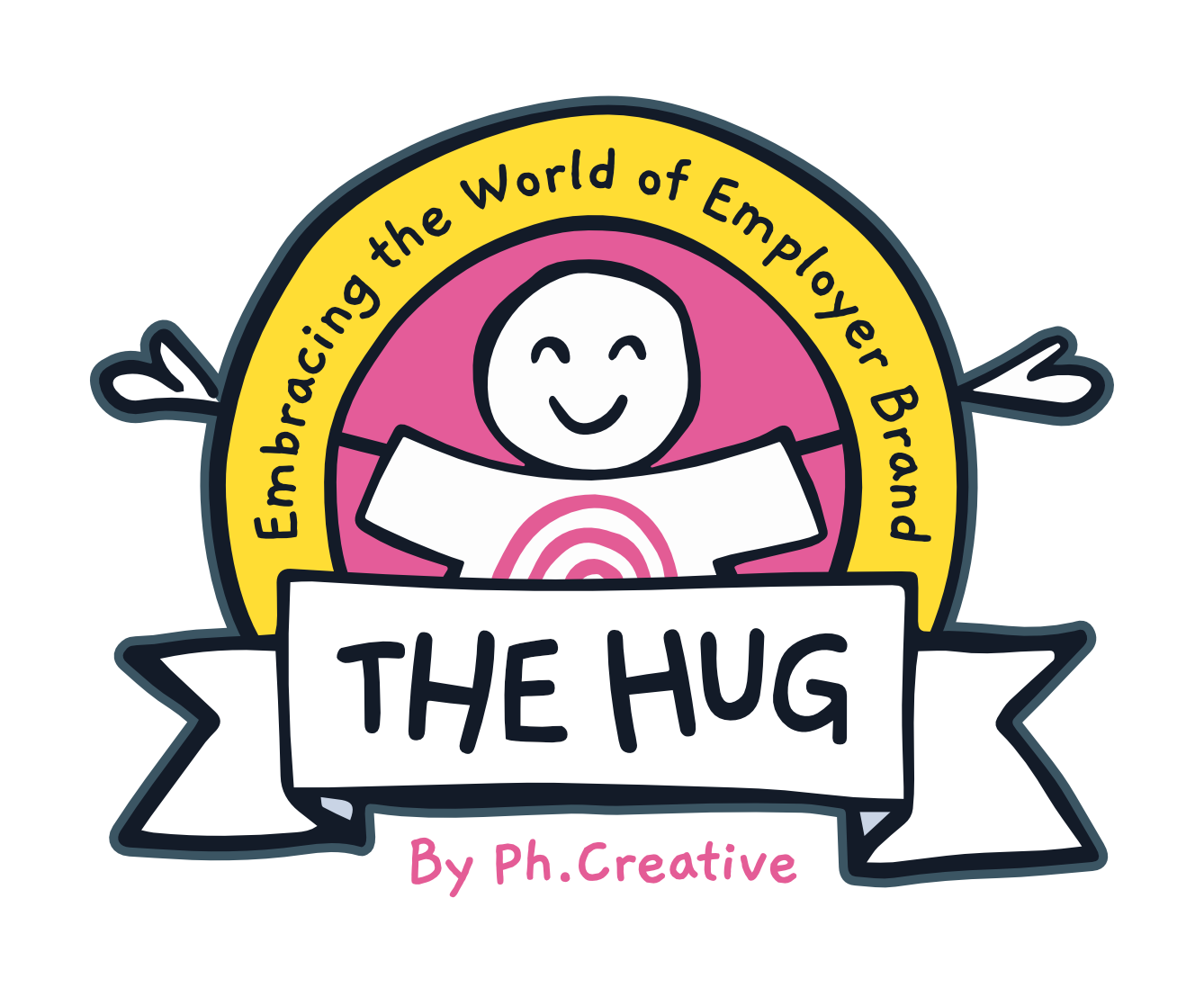When Was the Last Time You Had a Tijdskrediet?
2 min read.Different countries have developed different workplace practices. But do these concepts benefit their employer brand, and could they have broader, international appeal?
Encouraging Workplace Naps in Japan
In recent years, employers have grappled with recalibrating their employer branding to focus on wellbeing, along with the support structures which enable a positive workforce and an empathetic brand image. But where some Japanese companies go a step further is with inemuri, “being present while sleeping” – or, in other words, sleeping on the job.
The Guardian describe it as a “commercial war wound”, a badge of honour to show that an employee is so dedicated to their job that they are exhausted by it.
But there is potential for an Employer Branding win in there too, expressing the care required for avoiding burnout, aiding retention and reducing sick days. The closest equivalent in the west would be Google’s napping pods, an offering which captured the Internet zeitgeist and helps to display the company as a aspirational employer which few would turn down.
Private Life Interviews in China
While an interview in the west will typically focus on the role on offer, what the candidate can bring to the role and how their ability matches what the company needs and so on, in China there is far more time dedicated to getting to know the candidate and their life outside of work.
Santander suggests that Chinese people are often far more keen to seek long-term relationships in business, and that establishing a business relationship could include formal meetings as well as “home visits, invitations to sport events, long dinners and drinks.”
From a talent acquisition perspective, a tightly-knit ‘family’ structure would be an attractive proposition, offering a sense of belonging that many businesses often strive for.
Gap Years in Belgium
Known as tijdskrediet (time credit), the Belgian Government worked with employers to subsidise a scheme allowing employees to take up to a year’s leave from work – with pay and without ending their employment contract. The goal was to inspire personal fulfilment outside of work.
The amount of time off would accumulate based on age and years spent within their current employer, encouraging employee retention. Sadly, the Belgian government withdrew support for the scheme in 2015. The relationship between businesses and sabbaticals continues to be discussed, however, as we discovered last week.
Exercise Breaks in Asia
Returning to the east, the incorporation of exercise into daily work life is a feature of a number of large Japanese companies and has even been mandated at state-owned Chinese companies.
The ‘exercise breaks’ would have likely been inspired by raijio taisō, a pre-work exercise routine performed daily over the radio with variations in Japan, China, Taiwan and North Korea.
Such a move enables companies to engender a healthier image, imbue a natural energy to their messaging and may encourage stories amongst employees about how such an initiative has helped to change their life for the better.
Establishing Father & Child Bonds in Sweden
Much of the discussion around the generous paternity leave that is mandated in Sweden – including 90 days of full pay – stems around the narrative that it enables fathers to develop a bond with their new child, producing a better balance of responsibilities between mother and father.
Many candidates would be interested to hear what an employer offers when it comes to supporting a new child in their family. Clearly communicating a company’s maternity or paternity leave could make a difference when targeting new hires in a particular demographic.
For such a candidate, little could stand out more from an Employee Value Proposition than the ability to spend time with their new family.
Sign up to our blog

Every other Thursday we share:
✔ One feature full of our freshest insights
✔ An expert hack you'll love to use
✔ The links you need now
+ other helpful bits for thousands of EB and TA pros just like you